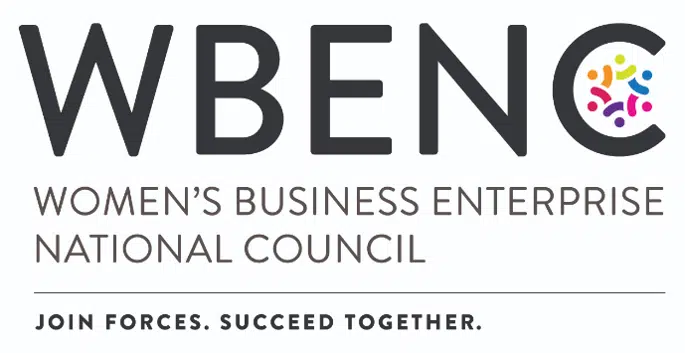
Chronic Care Management (CCM) is a Medicare initiative designed to improve outcomes for patients with multiple chronic conditions. It involves ongoing support and care coordination between office visits so that hospitalizations are reduced and patients are more likely to engage with their treatments. Although CCM adoption has faced significant challenges due to administrative burdens and low patient enrollment, remote patient monitoring (RPM) has presented a transformative solution that can allow healthcare providers to enhance CCM and maximize Medicare reimbursements.
Let’s explore the benefits and challenges to CCM in more detail before outlining how RPM integration can be used to complement this service.
Chronic Care Management provides a range of benefits for patients and healthcare providers alike.
As we already noted, CCM is still far from reaching its full potential. As of 2019, only about 4% of eligible enrollees participated in CCM services, demonstrating barriers to widespread adoption.
CCM’s underutilization stems from several issues.
Remote patient monitoring uses wearable sensors to track and transmit health data back to providers in between patient visits. Here’s why this can help CCM.
Medicare recognizes the value of RPM and provides clear reimbursement pathways through the following CPT codes.
These allow providers to deliver comprehensive care and keep their services financially sustainable.
A Medicare requirement for CCM is to have regular patient check-ins to qualify for reimbursement. Normally, this creates additional work for providers, especially in busy practices with limited resources.
RPM overcomes this challenge by automating data collection and enabling consistent patient monitoring. This allows providers to fulfill the required time thresholds for CCM services more efficiently and still deliver proactive, high-quality care.
Integrating remote patient monitoring with Chronic Care Management represents a win-win for patients and providers. Patients take more active roles in their own health, while providers can reduce administrative paperwork and maximize their reimbursements. As healthcare continues to evolve, and chronic diseases become more prevalent, RPM will likely play a critical role in the success of CCM.
At HealthCare Resolution Services, we recognize the importance of adopting innovative solutions to support Chronic Care Management. Contact us today to learn how we coordinate RPM efforts on behalf of healthcare organizations like yours.







Who We Are
Services
Career Opportunities
Interested in applying for a job with us? HCRS offers competitive compensation and benefits and hires a wide range of professionals. Apply Here

8601 Robert Fulton Drive, Suite 130 | Columbia, Maryland 21046 | Office: (301) 497-1187 Fax: (866) 384-2303
Copyright © 2025 Healthcare Resolution Services, Inc. All rights reserved. | Privacy Policy
